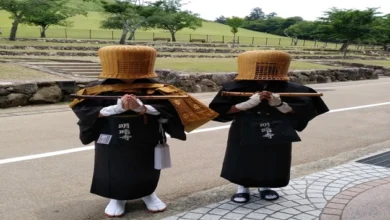Japanese metaphors that help us understand the culture of the land of the rising sun
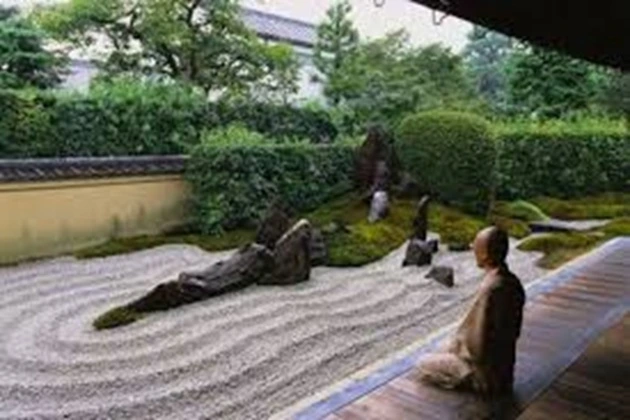
Japanese culture is distinctive and conservative. For centuries, it has developed in isolation from the rest of the world under the influence of philosophy, moral principles, religious trends, and its aesthetic perception of the world. It is impossible to comprehend it without knowing the peculiarities of the Japanese mentality, their way of life, beliefs, and spiritual development trends since Japanese culture is their reflection. Having a refined sense of beauty, Japanese people can find it even in everyday things, reflecting this vision in Japanese culture through basic aesthetic principles.
Mono no aware
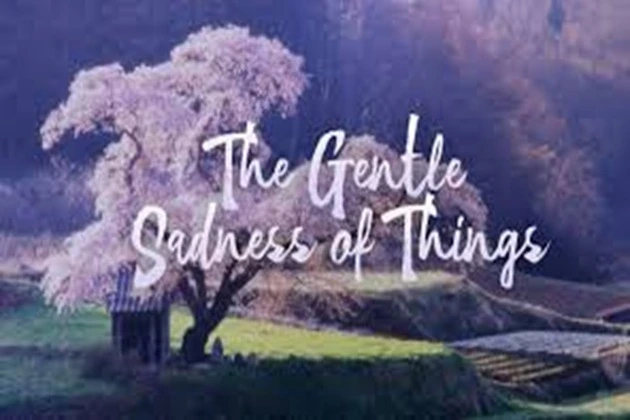
It is one of the basic principles underlying the Japanese mentality and has been known since the 8th century BC. The expression “mono no aware” is not translated into any language of the world, but every Japanese person understands precisely what is being said.
“The sad charm of things” is a very conditional translation, meaning a state of natural harmony in a person who understands the transience of life, the frailty and variability of this world. It occurs in a person endowed with exceptional sensitivity who knows how to see beauty in the ephemerality and fleetness of everything that happens.
The Japanese believe that the transience of life has its charm; it is this state that gives people the opportunity to enjoy the cherry blossoms, the light of the sun, and the rustle of rain outside the window, encourages them to appreciate every moment of life, and enjoy the most mundane things. This principle is present in all forms of Japanese art, and only a person who can understand its essence can understand Japanese culture.
Yugen

The Japanese believe that any deep art is beautiful for its understatement when it leaves room for intuition and imagination. Yugen is an intimate or hidden beauty that lies beyond the visible world. Its perception generates a higher harmonious balance with the world and an intuitive understanding of the essence of things.
Yugen has many shades. The image of fog in paintings, behind which something invisible is hidden, the unfinished plot of an exciting film, the moonlight that generates different feelings in a person—all this is the beauty of Yugen.
In Japanese art, hidden beauty is valued more highly than obvious beauty. In Japanese poetry, the text often does not reflect the essence but hides a deep meaning that can only be guessed intuitively.
Mujo
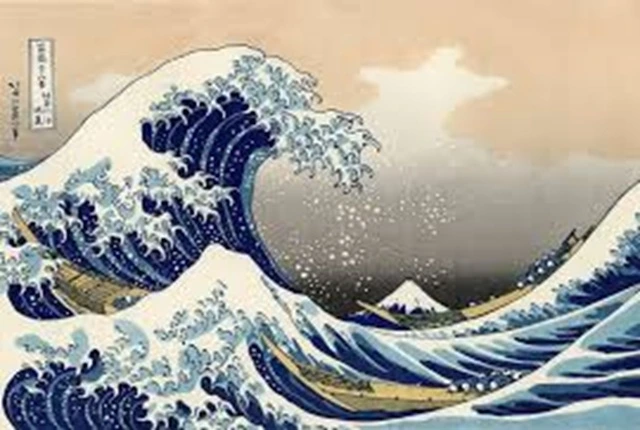
Mujo is a philosophical view of the world shaped by Buddhism and is close to Japanese culture. His basic principle is that everything in this world is transitory; its components are ephemerality, frailty, and the variability of life.
Unlike Western culture, which is based on the search for truth, the museum’s philosophy calls for understanding harmony and finding one’s value in this mortal world. It is important to live every moment and find the meaning of being in it, enjoy the endless change of colors, sounds, and sensations, and feel every moment’s fragility. Visit. A F R I N I K . C O M . For the full article. It is based on the idea of deeply perceiving the fleeting beauty in the world around us and enjoying the beauty.
This theme can be clearly seen in Japanese poetry and painting. It is embodied in the changing seasons, in the alternation of sunny and cloudy days, and it gives a calm realization that everything is passing. We were all born on this earth, and someday, we will go to this earth.
Wabi-sabi
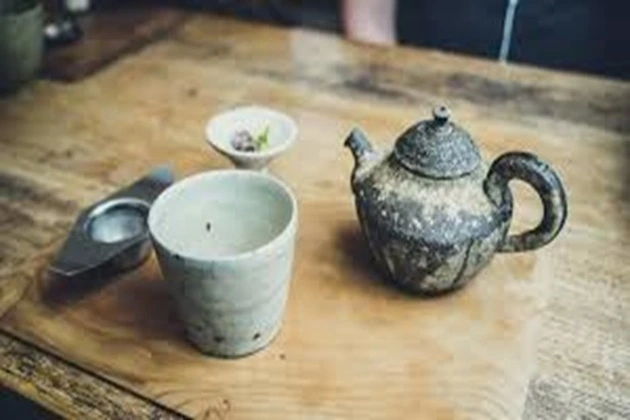
This concept, closely related to Buddhism and inherent in Japanese culture, can be translated as “serenity” and “detachment,” but its fundamental essence is much more profound. Wabi translates as moderation, naturalness, and the absence of anything pretentious or catchy. Sabi is an imprint of time.
The concept of wabi-sabi is the ability to see beauty in the simplicity and imperfection of surrounding things, in the flaws and asymmetry of objects, in their wear and signs of aging, and the ability to coexist with them in inner harmony.
A Japanese person will never put a vase in the middle of a shelf; he will automatically move it closer to the edge. He will not hide a trickle of glaze or an artificially created crack on a ceramic product but will see a special value in it. He believes that a thing is always more beautiful if it has marks of age and individuality.
The wabi-sabi style is deeply felt in architecture, interior design, and Japanese crafts, including a special trend—the art of kintsugi, a method of restoring broken ceramics using varnish and gold powder.
Nore
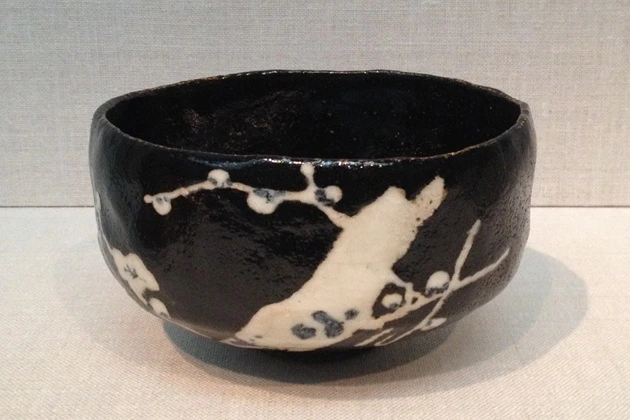
This concept is similar to sabi but deeper, with an emphasis on the aesthetics of antiquity. In Japanese culture, objects with natural traces of time are highly valued. For example, antique cups that have an indelible coating of tea from time to time, wooden furniture with traces of special wear, and a peculiar type of gloss on objects formed by the touch of human hands.
The Japanese use antique silverware but never polish it to a high gloss. They believe brilliance is a lack of taste; it does not encourage reverie and poetry of life.
In Japanese art, the concept of Nore is associated with a velvety, like loose snow, coating of time, conducive to peace and leisurely contemplation.
Fueki-ryuko
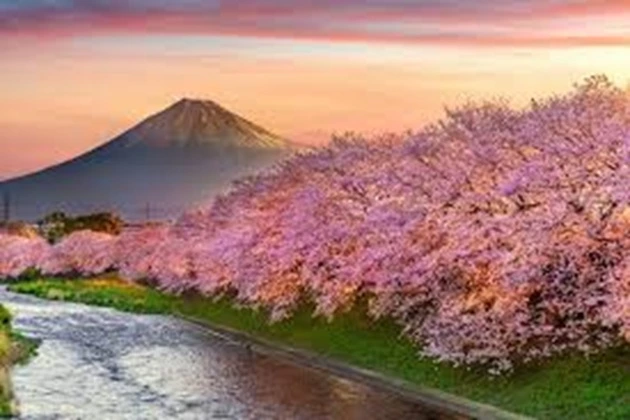
This metaphor, which translates as “eternal in the current,” refers to the concept of eternity in an ever-changing world, like the seasons that change each other, like the rising and setting sun, like a flowing river. All this happens according to certain laws of nature, in unchanging cycles, and at the same time, we can say that in a global sense, nothing changes.
The concept of Fueki-ryuko represents a transformation of the Chinese philosophy of the yin-yang movement, which suggests the integrity of the world and the dual nature of things related to the alternation of yin and yang.
Fueki-ryuko style can be traced in Japanese haiku poetry. The Japanese associate the process of poetry development with the pattern of changes that occur in nature, they believe that haiku poetry is eternal, but subject to change, as a unity of opposite principles.
Shiori
This concept includes two aspects – flexibility and a state of spiritual concentration for comprehending deep meanings. In Japanese culture, this concept is associated with a “broken branch” in the forest or a “bookmark in a book.”
To understand the culture of the land of the rising sun, it is important to find this “broken branch” that points the right way, or “bookmark in the book” – a clue where to look for this deep meaning. But they don’t lie on the surface; you must be flexible to find them.
The concept of Shiori in poetry means that to understand the deeper meaning, it is not enough to feel sadness or compassion when reading a work; it is important to find its associative connotation.
Shibumi
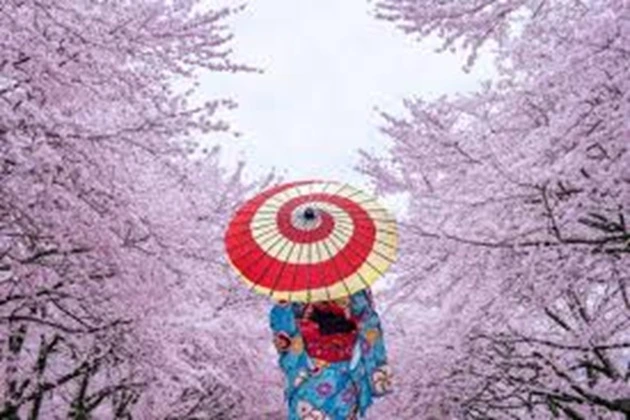
The concept of shibumi, translated as “the astringent bitterness of being” or “effortless perfection,” cannot be comprehended through words; it can only be felt, like the tart taste of persimmon or strong green tea. Such associations arise in connection with this metaphor.
Shibumi’s feelings apply to everything—to people, surrounding objects, clothes, interiors, and works of art. The Japanese appreciate everything that has the stamp of natural simplicity. For example, flower pots, beverage jugs, or clay cups for tea ceremonies that lack careful processing and display natural materials.
Shibumi is elegant, simple, and concise in the interior. In art, it is subtle, unobtrusive beauty and a combination of natural shades. In clothes, it is nothing superfluous, pretentious, and flashy.


